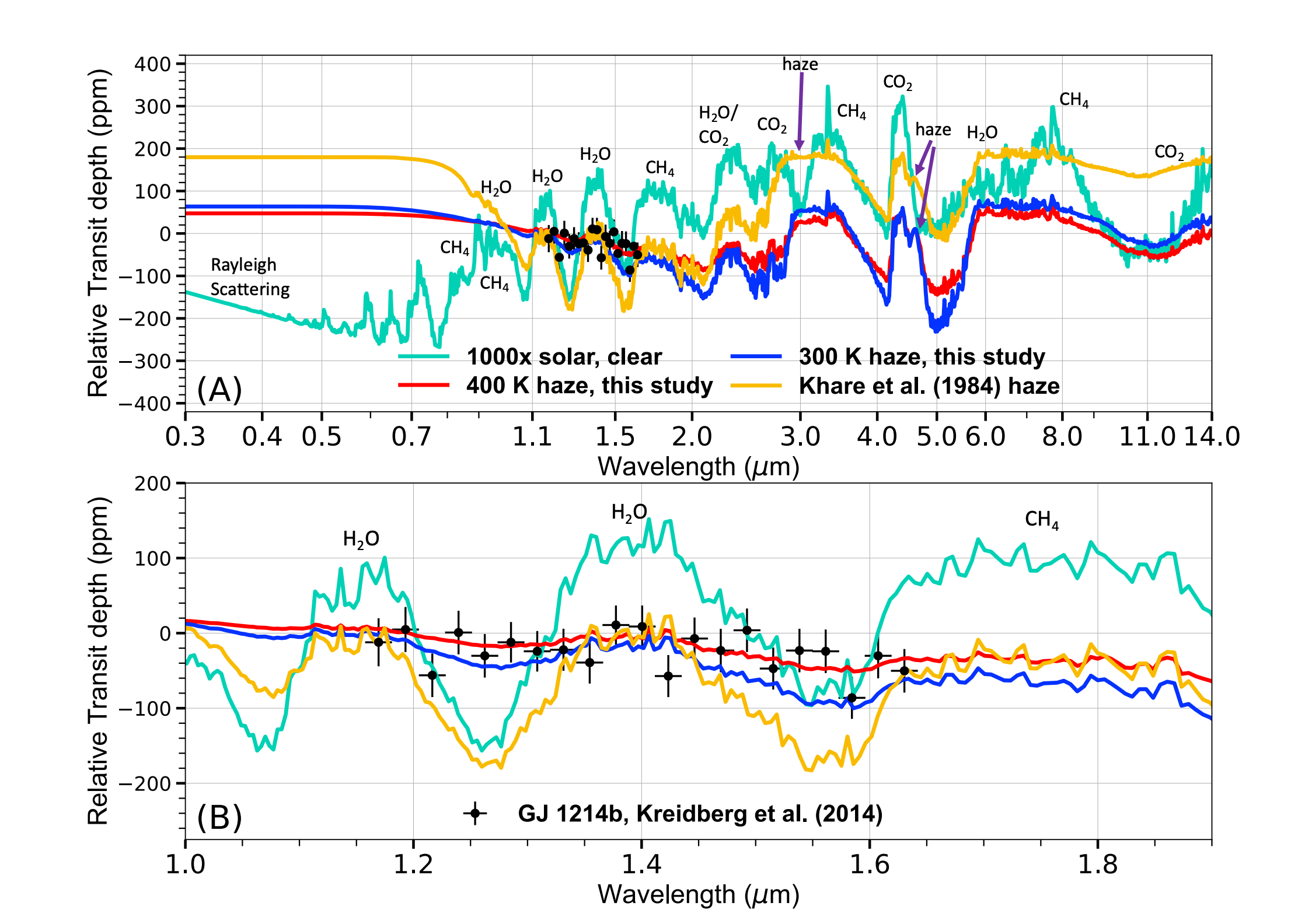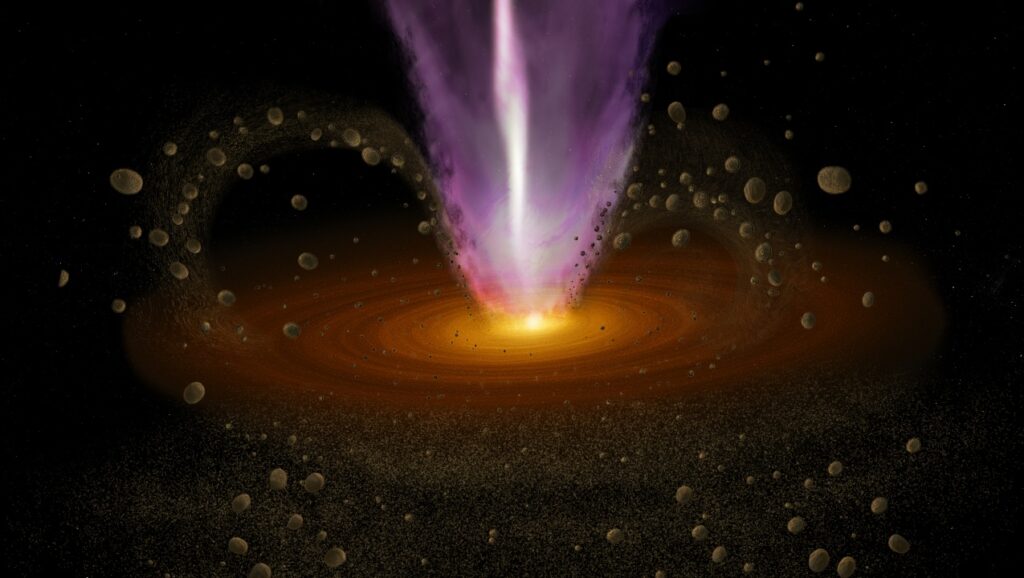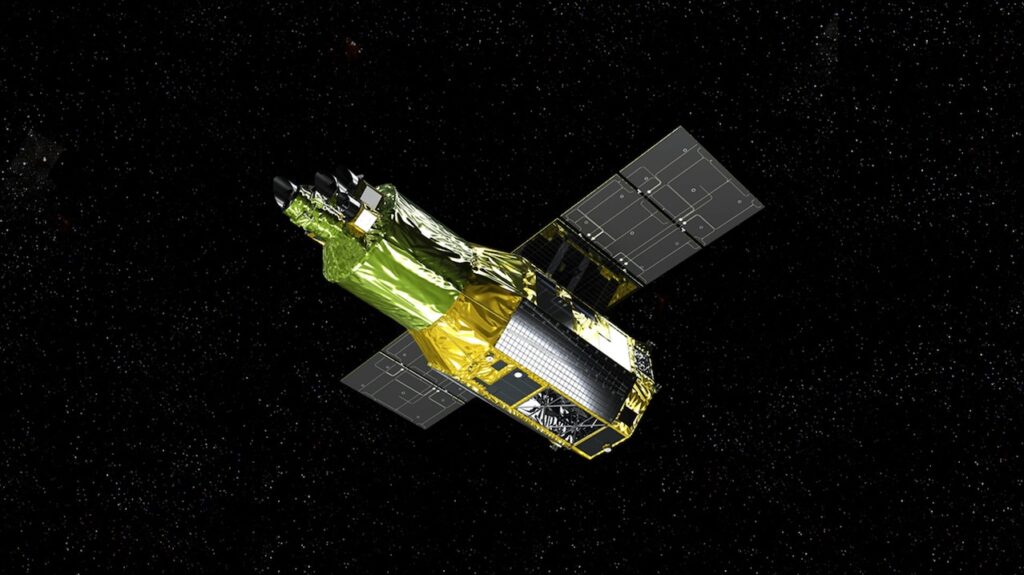Optical Properties Of Organic Hazes In Water-rich Exoplanet Atmospheres: Implications For Observations With JWST

JWST has begun its scientific mission, which includes the atmospheric characterization of transiting exoplanets.
Some of the first exoplanets to be observed by JWST have equilibrium temperatures below 1000 K, which is a regime where photochemical hazes are expected to form. The optical properties of these hazes, which controls how they interact with light, are critical for interpreting exoplanet observations, but relevant data are not available.
Here we measure the optical properties of organic haze analogues generated in water-rich exoplanet atmosphere experiments. We report optical constants (0.4 to 28.6 micron) of organic hazes for current and future observational and modeling efforts covering the entire wavelength range of JWST instrumentation and a large part of Hubble. We use these optical constants to generate hazy model atmospheric spectra.
The synthetic spectra show that differences in haze optical constants have a detectable effect on the spectra, impacting our interpretation of exoplanet observations. This study emphasizes the need to investigate the optical properties of hazes formed in different exoplanet atmospheres, and establishes a practical procedure to determine such properties.
Chao He, Michael Radke, Sarah E. Moran, Sarah M. Horst, Nikole K. Lewis, Julianne I. Moses, Mark S. Marley, Natasha E. Batalha, Eliza M.-R. Kempton, Caroline V. Morley, Jeff A. Valenti, Veronique Vuitton
Comments: 4 figures, 1 Table, Paper under review in Nature Astronomy
Subjects: Earth and Planetary Astrophysics (astro-ph.EP); Instrumentation and Methods for Astrophysics (astro-ph.IM)
Cite as: arXiv:2301.02745 [astro-ph.EP] (or arXiv:2301.02745v1 [astro-ph.EP] for this version)
Submission history
From: Chao He
[v1] Fri, 6 Jan 2023 23:14:19 UTC (3,208 KB)
https://arxiv.org/abs/2301.02745
Astrobiology, Astrochemistry








